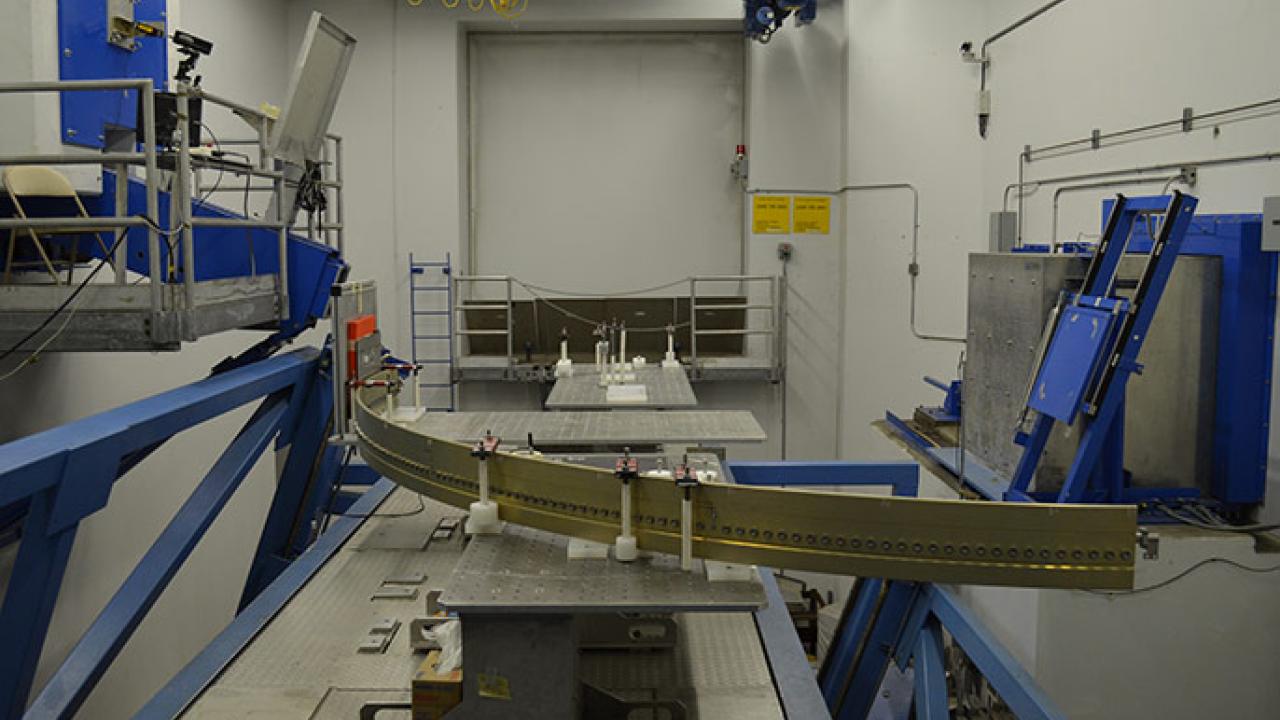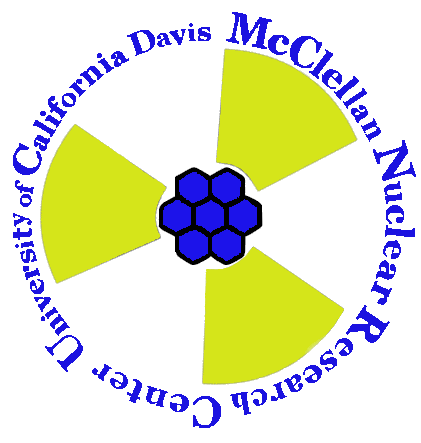
UC Davis reactor gets a role in Mars mission
As NASA prepares for manned missions into deep space, UC Davis’ McClellan Nuclear Research Center is playing an integral role in the groundwork.
The center recently helped develop a technique for performing neutron radiography on a breakable ring used in rocket stage separation. After the launch sequence, different modules will separate from each other when an explosive core in the ring detonates. Such rings will eventually be used on Orion, the spacecraft intended to bring humans to Mars in the 2030s, and likely also will be tested at MNRC.
Because of its vital role in the mission, the ring must be flawless.
“These are flight critical parts,” said David Kametz, manager of project engineering-separation systems for Simsbury, Connecticut-based Ensign-Bickford Aerospace & Defense, which is building parts for NASA. “In other words, they have to work. So we do everything we can to put all the requirements in place to make sure that any possibility of a flaw gets detected.”
The neutron beams from the center’s nuclear reactor are able to uncover much more than an X-ray. Neutron radiography is capable of imaging light elements (like water and carbon) and heavy elements (lead, titanium), giving it a wide range of applications.
“It can be very precise,” said Hal Bollman, senior reactor operator and facility manager of the MNRC, which is owned and operated by UC Davis. “Our imaging screens are capable of — and standardized for — about 100 micron resolution, about 4 thousandths [.004] of an inch.”
That is just how pinpointed NASA needs its testing, added Kametz, noting that for a part to be deemed unusable, the flaw would have to be within 50 thousandths of an inch (.05).
The frangible ring that was tested is 18 feet in diameter, separated into quadrants. Orion’s ring will be the same size, but divided in three. Because the facility was created for planes on the former Air Force base, the size of the space gives it the added benefit of being able to test large-scale parts.
And though each part was previously individually tested, NASA is requesting proof nothing harmful happened when the stainless steel tube with rubber bladder and explosive core was assembled within the ring.
“They need to have full confidence that the part is ready to go,” said Kametz. “These guys are the only ones we’ve found who are able to shoot these parts.”
